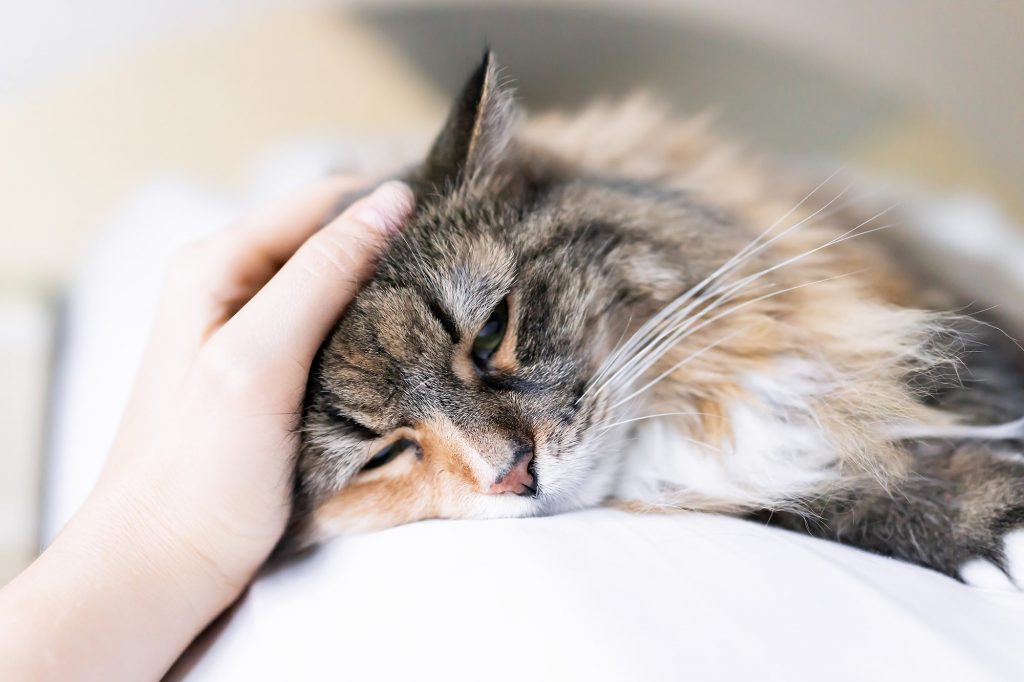Everything you never wanted to know about pet puke!
It’s gross, but it happens — your pet starts heaving, and suddenly she spews a mess all over the floor. Vomiting is the result of your pet’s stomach or small intestine expelling food. Along with heaving, your pet might experience retching or drooling — all signs that mean she’s about to hurl.
Vomiting shouldn’t be confused with regurgitation, which originates from the esophagus, the tube that goes from the mouth to the stomach. Regurgitation often happens suddenly, without any retching.
Why Pets Vomit
Stomach issues usually cause vomiting. Eating spoiled food, intestinal blockage, bloating, food intolerance, and ingesting toxic substances can all lead to stomach upset. Vomiting could also be a sign of a serious condition, like kidney disease, pancreatitis, or cancer. If your pet’s vomiting seems like more than a minor stomach issue, be sure to consult a veterinarian for professional care.
Vomit of All Types and Colors
Pet vomit comes in different forms and colors, all of which can tell you something about what’s going on with your furry friend.
Chunky
This type of vomiting can happen soon after eating, especially if your pet ate quickly. You can usually see pieces of food in this consistency of vomit because it contains undigested food. It may also contain small granules, which could mean the presence of dirt.
Liquid
This vomit can be foamy, slimy, clear, yellow, or green and can be caused by stomach acid or secretions.
Color
You might be surprised what you can learn from the color of your pet’s vomit.
• Vomit that is brown could be due to the color of your pet’s food, but it might also mean your pet has been eating feces.
• Yellow vomit indicates bile is present.
• Green vomit might be the result of your pet eating grass.
• Foamy white vomit may be the result of stomach acid buildup.
• If the vomit is black and grainy, it might mean your pet ingested dirt or it could indicate digested blood.
• Red means the presence of blood and should be taken very seriously. Contact your vet immediately if you see blood in your pet’s vomit.
Watching for Other Symptoms
Occasional vomiting usually isn’t cause for concern, but an increase in frequency or additional symptoms could be a sign of a more serious condition. If you notice diarrhea, blood in the vomit, a change in appetite, weight loss, or dehydration, contact a veterinarian to have your pet checked out.

